
Crime fiction, detective story, murder mystery, mystery novel, and police novel are terms used to describe narratives that centre on criminal acts and especially on the investigation, either by an amateur or a professional detective, of a crime, often a murder. It is usually distinguished from mainstream fiction and other genres such as historical fiction or science fiction, but the boundaries are indistinct. Crime fiction has several subgenres, including detective fiction, courtroom drama, hard-boiled fiction, and legal thrillers. Most crime drama focuses on crime investigation and does not feature the courtroom. Suspense and mystery are key elements that are nearly ubiquitous to the genre.

Cecil Court is a pedestrian street with Victorian shop-frontages in Westminster, England, linking Charing Cross Road and St Martin's Lane. Since the 1930s, it has been known as the new Booksellers' Row.
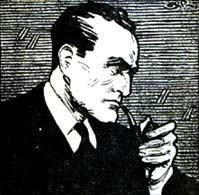
Sexton Blake is a fictional character, a detective who has been featured in many British comic strips, novels and dramatic productions since 1893. Sexton Blake adventures were featured in a wide variety of British and international publications from 1893 to 1978, comprising more than 4,000 stories by some 200 different authors. Blake was also the hero of numerous silent and sound films, radio serials, and a 1960s ITV television series.
"Mademoiselle from Armentières" is an English song that was particularly popular during World War I. It is also known by its ersatz French hook line, 'Inky Pinky Parlez Vous,' or the American variant 'Hinky Dinky Parlez-vous'. 'Inky Pinky' was a Scottish children's name for parsnip and potato cakes, but it has been suggested that an onomatopoeic reference to the sound of bed springs is more likely a soldier's ribald derivation.

Armentières is a commune in the Nord department in the Hauts-de-France region in northern France. It is part of the Métropole Européenne de Lille.
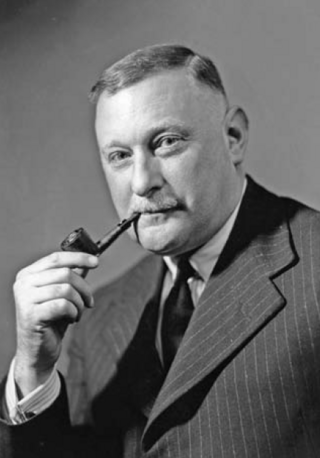
Cecil John Charles Street, better known as John Street, was a major in the British Army and a crime fiction novelist.

John Stuart, was born to Scottish parents, and was a very popular leading man in British silent films in the 1920s. He successfully made the transition to talking pictures in the 1930s and his film career went on to span almost six decades. He appeared in 172 films, 123 stage plays, and 103 television plays and series.
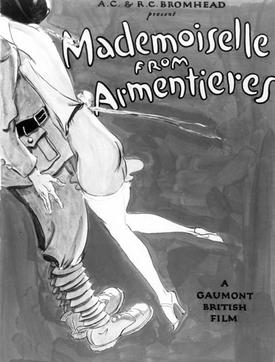
Mademoiselle from Armentieres is a 1926 British World War I silent drama film directed by Maurice Elvey and starring Estelle Brody, John Stuart and Alf Goddard. The film was Elvey's first collaboration with screenwriter Victor Saville. It was followed by a 1928 sequel Mademoiselle Parley Voo.

Kitty is a 1929 sound part-talkie British drama film directed by Victor Saville and starring Estelle Brody and John Stuart. In addition to sequences with audible dialogue or talking sequences, the film features a synchronized musical score and sound effects along with English intertitles. The film was adapted from the 1927 novel of the same name by Warwick Deeping and marked the third co-star billing of Brody and Stuart, who had previously proved a very popular screen pairing in Mademoiselle from Armentieres (1926) and Hindle Wakes (1927).
Mademoiselle Parley Voo is a 1928 British silent drama film directed by Maurice Elvey and starring Estelle Brody, John Stuart and Alf Goddard. It was made as a sequel to Elvey's earlier hit Mademoiselle from Armentieres (1926), and was equally successful. Both films refer to the popular First World War song Mademoiselle from Armentières. It was made at Lime Grove Studios in Shepherd's Bush.
Martin Hopkinson & Co. was a British publishing house, based in London, founded in 1922. It was taken over by The Bodley Head in 1941, but continued to publish reprints of books in its list until the 1970s.

Death Invades the Meeting is a 1944 detective novel by John Rhode, the pen name of the British writer Cecil Street. It is the thirty ninth in his long-running series of novels featuring Lancelot Priestley, a Golden Age armchair detective. Reviewing the novel for the Times Literary Supplement Maurice Willson Disher noted "His ingenuity is becoming as delicate to handle as high explosive. His stories may become so difficult to review without saying too much that his triumph will come when they cannot, for discretion’s sake, be reviewed at all."

Family Affairs is a 1950 detective novel by John Rhode, the pen name of the British writer Cecil Street. It is the fifty first in his long-running series of novels featuring Lancelot Priestley, a Golden Age armchair detective. It was published in America by Dodd Mead under the alternative title The Last Suspect. It has been described as "probably the best post-war Rhode novel".
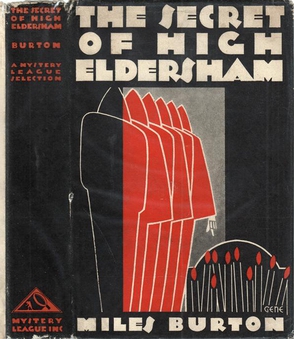
The Secret of High Eldersham is a 1930 detective novel by Miles Burton, the pen name of the British writer Cecil Street. It was the first novel in a lengthy series featuring the detective Desmond Merrion. Street was one of the most prolific authors of the Golden Age of Detective Fiction and had already enjoyed success with his Doctor Priestley series, written under the name of John Rhode. In 1931 it was published in the United States by the Mystery League under the altered title The Mystery of High Eldersham. Originally published in Britain by the Collins Crime Club, it was reissued in 2016 by British Library Publishing as part of a series of crime novels the Golden Age.

The Secret Meeting is a 1951 detective novel by John Rhode, the pen name of the British writer Cecil Street. It is the fifty second in his long-running series of novels featuring Lancelot Priestley, a Golden Age armchair detective. It was published in America the same year by Dodd Mead. Unusually for the series it has an early Cold War element.
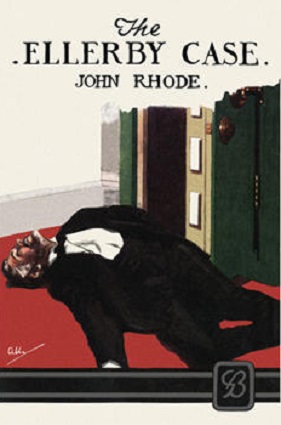
The Ellerby Case is a 1927 detective novel by John Rhode, the pen name of the British writer Cecil Street. It marked the third appearance of the armchair detective Lancelot Priestley, who featured in a long-running series of novels during the Golden Age of Detective Fiction. The novel's success led to a contract with Dodd Mead to release it and subsequent novels in the United States, in what proved to be a lucrative arrangement for the author.

The Murders in Praed Street is a 1928 detective novel by John Rhode, the pen name of the British writer Cecil Street. It features the fourth appearance of the armchair detective Lancelot Priestley, who figured in a long-running series of novels during the Golden Age of Detective Fiction.

They Watched by Night is a 1941 detective novel by John Rhode, the pen name of the British writer Cecil Street. It is the thirty fifth in his long-running series of novels featuring Lancelot Priestley, a Golden Age armchair detective. It was published in the United States by Dodd Mead with the alternative title Signal for Death.
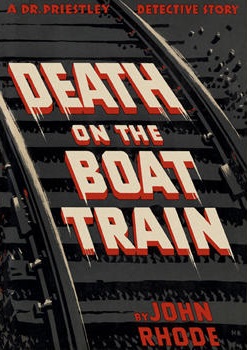
Death on the Boat Train is a 1940 detective novel by John Rhode, the pen name of the British writer Cecil Street. It is the thirty second in his long-running series of novels featuring Lancelot Priestley, a Golden Age armchair detective. As in most of the later novels much of the detective footwork is done by Inspector Waghorn of Scotland Yard. The construction of the murder setting bears similarities to Death in the Tunnel, written by Street under his other pen name Miles Burton. With is focus on seemingly unbreakable alibis and railway and ship timetables, it is also similar in style to the Inspector French novels of Freeman Wills Crofts.
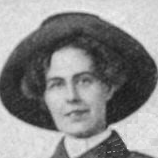
Mabel Winifred Knowles who wrote as May Wynne and Lester Lurgan was a British popular writer and church worker. She wrote 100s of historic romances and books for children. She wrote a few sci-fi books including the book of the first British Sci Fi film. She gave 25 years to leading a mission in London.

















